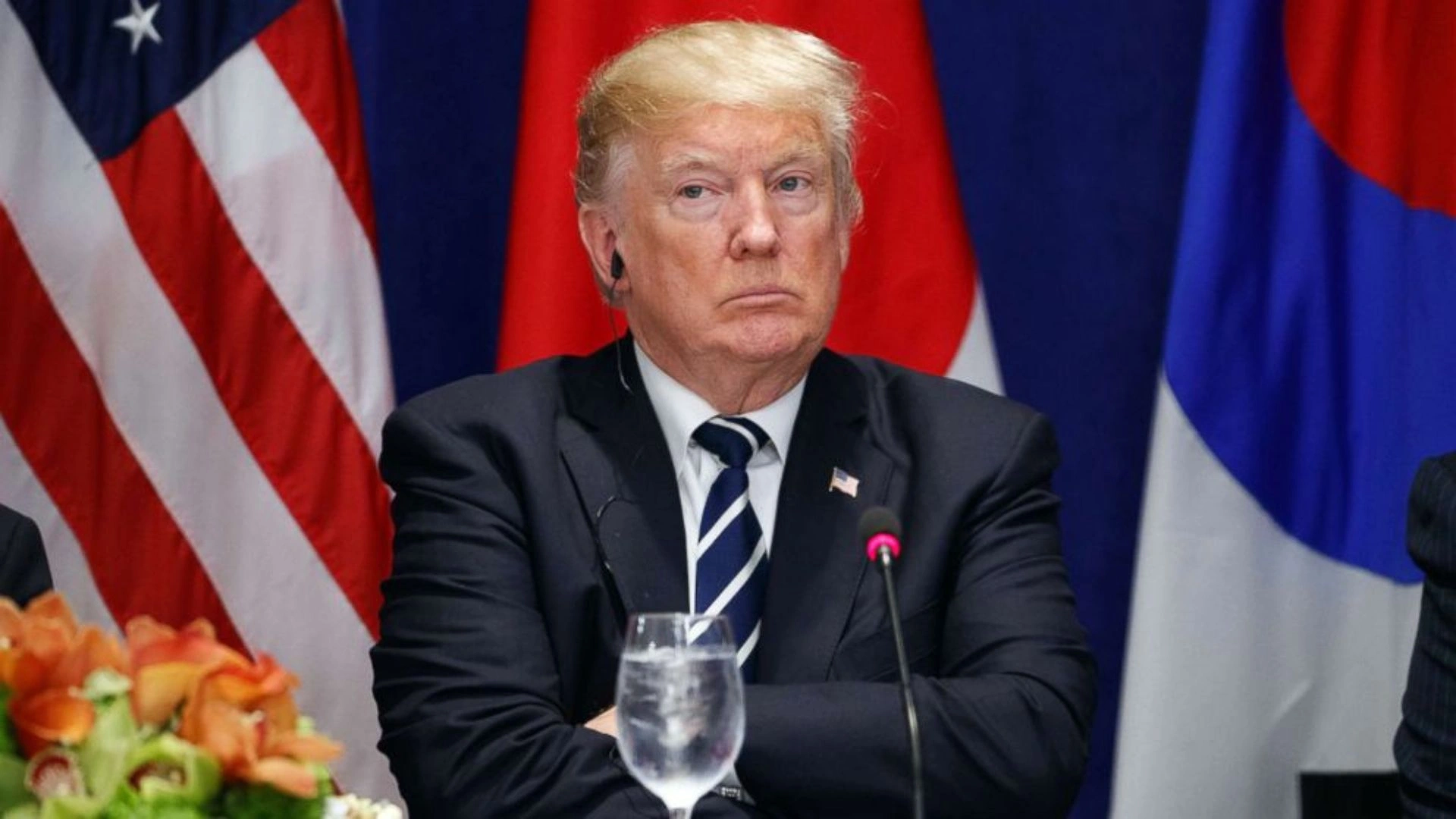President-elect Donald Trump announced plans to push for the elimination of Daylight Saving Time (DST), criticizing it as “very costly” and inconvenient for the nation. Trump, who will assume office in January 2025, described the DST system as having a “small but strong constituency, something that it shouldn’t” have.
“The Republican Party will use its best efforts to eliminate Daylight Saving Time, which has a small but strong constituency, but shouldn’t! Daylight Saving Time is inconvenient, and very costly to our Nation,” Trump posted on X.
History and Implementation of DST
First adopted in 1942 as a wartime measure, Daylight Saving Time involves changing clocks twice a year—moving one hour forward in spring and one hour back in fall to maximize daylight during the summer. It currently affects approximately 400 million people across North America.
In the U.S., DST begins on the second Sunday of March and ends on the first Sunday of November. The practice will start on March 9 and conclude on November 2 in 2025. While the tradition has been part of American life for over a century, its necessity is regularly debated.
Controversy and Health Concerns
Critics of DST argue it contributes to adverse health effects such as increased risks of heart attacks, strokes, traffic accidents, and sleep deprivation in the days following the springtime clock adjustment. Some health experts advocate for permanent standard time instead, aligning natural light cycles with human biological rhythms.
The most recent legislative attempt to address the issue was the bipartisan Sunshine Protection Act, which sought to make DST permanent. While the Senate voted in favor of the measure, it remains stalled.
According to a March 2023 poll, 62% of Americans supported ending the clock-changing practice, although opinions on whether to keep permanent DST or standard time were divided, with 50% favoring the former.
Regions Exempt from DST
Arizona, Hawaii, and U.S. territories such as American Samoa, Guam, Puerto Rico, and the Northern Mariana Islands do not observe DST and instead follow permanent standard time.
The idea was first proposed by New Zealand entomologist George Hudson to conserve energy and extend daylight hours during summer evenings, benefiting his hobby of insect collecting. It gained traction during World War I, with Germany becoming the first country to adopt it in 1916, followed by the United States in 1918.
The debate surrounding DST continues, with Trump’s announcement bringing renewed focus on the century-old practice.




